
Different Regions in Spain
Dear Jana,
We oftentimes talk about Spain as though it was a homogeneous place where you will experience the same people, food, and general cultural no matter where you go. However, depending on who you ask, this is a preposterous idea. That is because each of the 17 different Autonomous Communities of Spain has something unique and, sometimes, just going from town to town you will find small local differences as well. This week we already talked about cultural competences and how to develop them, but one takeaway we would like you to have is to lower your expectations (that is, what you expect from a place) a little bit and be open to what they really have to offer.
Today, we want to highlight all the beautiful differences you will find across this incredible country. So read on to find out about each Autonomous Community.
Andalusia/Andalucía (capital Seville/Sevilla)
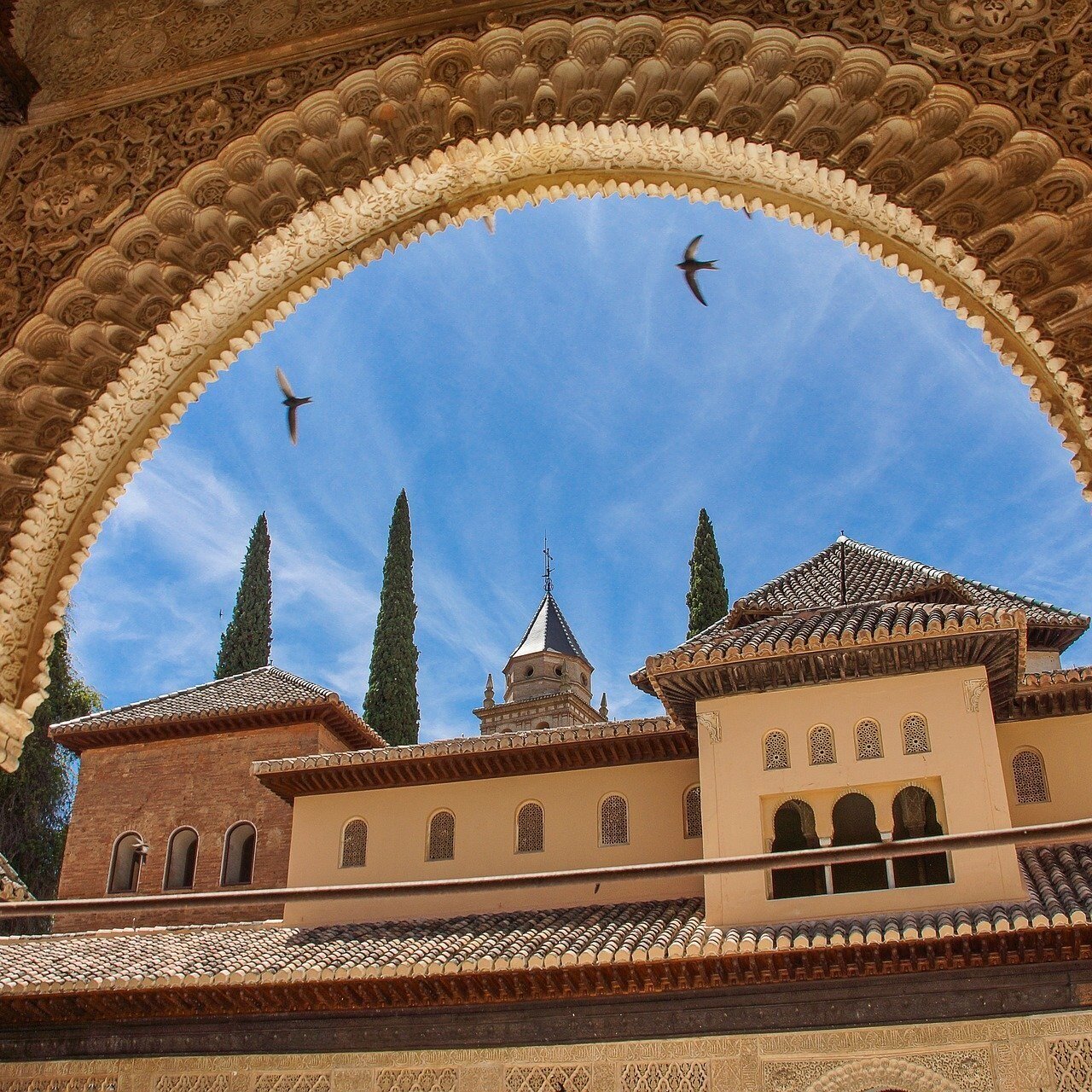 Most of the stereotypes foreigners have about Spain (including flamenco, hot days, and siestas) can be tied to Andalucía in the south of Spain. You could spend years exploring just this Autonomous Community of Spain and not see everything. You can read more about the history of Andalucía here, but today this region is well known for its beautiful beaches along the Costa del Sol, the Alhambra in Granada, the cathedral/mosque in Córdoba, and the Plaza de España in Sevilla.
Most of the stereotypes foreigners have about Spain (including flamenco, hot days, and siestas) can be tied to Andalucía in the south of Spain. You could spend years exploring just this Autonomous Community of Spain and not see everything. You can read more about the history of Andalucía here, but today this region is well known for its beautiful beaches along the Costa del Sol, the Alhambra in Granada, the cathedral/mosque in Córdoba, and the Plaza de España in Sevilla.
Aragon (capital Zaragoza)
 This is a beautiful part of the country that is often forgotten by tourists and Spaniards alike. The Autonomous Community of Aragon plays a key role in Spain’s history as the Catholic King, Ferdinand (Fernando) II, who was part of the duo that united the county in the days of Columbus, was from Aragon. This region is located between Cataluña and Madrid and is easily accessible from both Barcelona and Madrid by train and other forms of transportation.
This is a beautiful part of the country that is often forgotten by tourists and Spaniards alike. The Autonomous Community of Aragon plays a key role in Spain’s history as the Catholic King, Ferdinand (Fernando) II, who was part of the duo that united the county in the days of Columbus, was from Aragon. This region is located between Cataluña and Madrid and is easily accessible from both Barcelona and Madrid by train and other forms of transportation.
Asturias (capital Oviedo)
 Perhaps the opposite of dry, sunny Andalucía, Asturias is lush and green. Its mountains, seaside, and regular rain ensure that this Autonomous Community is one of the greenest in Spain. While there are not as many historical landmarks as in some other areas, Asturias is well known for its beautiful national park Picos de Europa or the Peaks of Europe. In addition, if you visit, we bet you will be pleasantly surprised with the good food and special cider (that is often poured from high up and incorporated into local dishes).
Perhaps the opposite of dry, sunny Andalucía, Asturias is lush and green. Its mountains, seaside, and regular rain ensure that this Autonomous Community is one of the greenest in Spain. While there are not as many historical landmarks as in some other areas, Asturias is well known for its beautiful national park Picos de Europa or the Peaks of Europe. In addition, if you visit, we bet you will be pleasantly surprised with the good food and special cider (that is often poured from high up and incorporated into local dishes).
Balearic Islands (capital Palma)
 Made up of four islands—Mallorca, Menorca, Ibiza, and Formentera—we are guessing you have heard about this Autonomous Community if you are looking to party. While the beaches and all night/day fiestas make this a popular place for many tourists, there is much more to see if that is not your thing. All the islands are quite beautiful (and often tourist free once you leave the zone of all-inclusives). In addition, the islands boast their own language that is more similar to Catalan than Spanish.
Made up of four islands—Mallorca, Menorca, Ibiza, and Formentera—we are guessing you have heard about this Autonomous Community if you are looking to party. While the beaches and all night/day fiestas make this a popular place for many tourists, there is much more to see if that is not your thing. All the islands are quite beautiful (and often tourist free once you leave the zone of all-inclusives). In addition, the islands boast their own language that is more similar to Catalan than Spanish.
Basque Country (capital Vitoria-Gasteiz)
 Like the Balearic Islands, the Basque Country has its own language, although Basque is quite different from anything else you will find in Spain. Connected to the Basque Country of France, the people here have their own history and cultural elements that distinguish them from the rest of the country. Other unique things you find here are the different festivals and the delicious food (they are, in fact, considered one of the biggest foodie places in the world). We recommend pintxos.
Like the Balearic Islands, the Basque Country has its own language, although Basque is quite different from anything else you will find in Spain. Connected to the Basque Country of France, the people here have their own history and cultural elements that distinguish them from the rest of the country. Other unique things you find here are the different festivals and the delicious food (they are, in fact, considered one of the biggest foodie places in the world). We recommend pintxos.
Canary Islands (capital Santa Cruz de Tenerife and Las Palmas de Gran Canaria)
 A series of islands that are closer to Africa than Spain, the Canary Islands are a beautiful place to visit if you want to soak up the sun. Depending on the island you choose, you will find different landscapes (Tenerife is volcanic!). However, most of the islands boast a large variety of beaches to visit, hikes to take, good food to eat, and a variety of sea activities that you can partake in. And, if you are looking for something truly special to the area, check out the Carnaval of Tenerife!
A series of islands that are closer to Africa than Spain, the Canary Islands are a beautiful place to visit if you want to soak up the sun. Depending on the island you choose, you will find different landscapes (Tenerife is volcanic!). However, most of the islands boast a large variety of beaches to visit, hikes to take, good food to eat, and a variety of sea activities that you can partake in. And, if you are looking for something truly special to the area, check out the Carnaval of Tenerife!
Cantabria (capital Santander)
 A lovely but smaller region on the northern coast of Spain, the Autonomous Community of Cantabria is an easy place for overseas tourists to visit from places like the U.K. The capital city of Santander has a lot of charm (and was one of the places where we found amazing vegan food). This is a nice place to visit if you are looking for a smaller port city with all the feeling of classic Spain.
A lovely but smaller region on the northern coast of Spain, the Autonomous Community of Cantabria is an easy place for overseas tourists to visit from places like the U.K. The capital city of Santander has a lot of charm (and was one of the places where we found amazing vegan food). This is a nice place to visit if you are looking for a smaller port city with all the feeling of classic Spain.
Castilla-La Mancha (capital Toledo)
 An airy land between Madrid and Andalucía, you might not find many people outside the historic city of Toledo (where you will find lots of Spanish history about an hour from the capital city of Spain, Madrid). This Autonomous Community is known for the stories of Don Quixote and his fights against the windmills at Consuegra. It is also known for its cheeses (read an introduction to Spanish cheese here).
An airy land between Madrid and Andalucía, you might not find many people outside the historic city of Toledo (where you will find lots of Spanish history about an hour from the capital city of Spain, Madrid). This Autonomous Community is known for the stories of Don Quixote and his fights against the windmills at Consuegra. It is also known for its cheeses (read an introduction to Spanish cheese here).
Castile and León/Castilla y León (capital Valladolid)
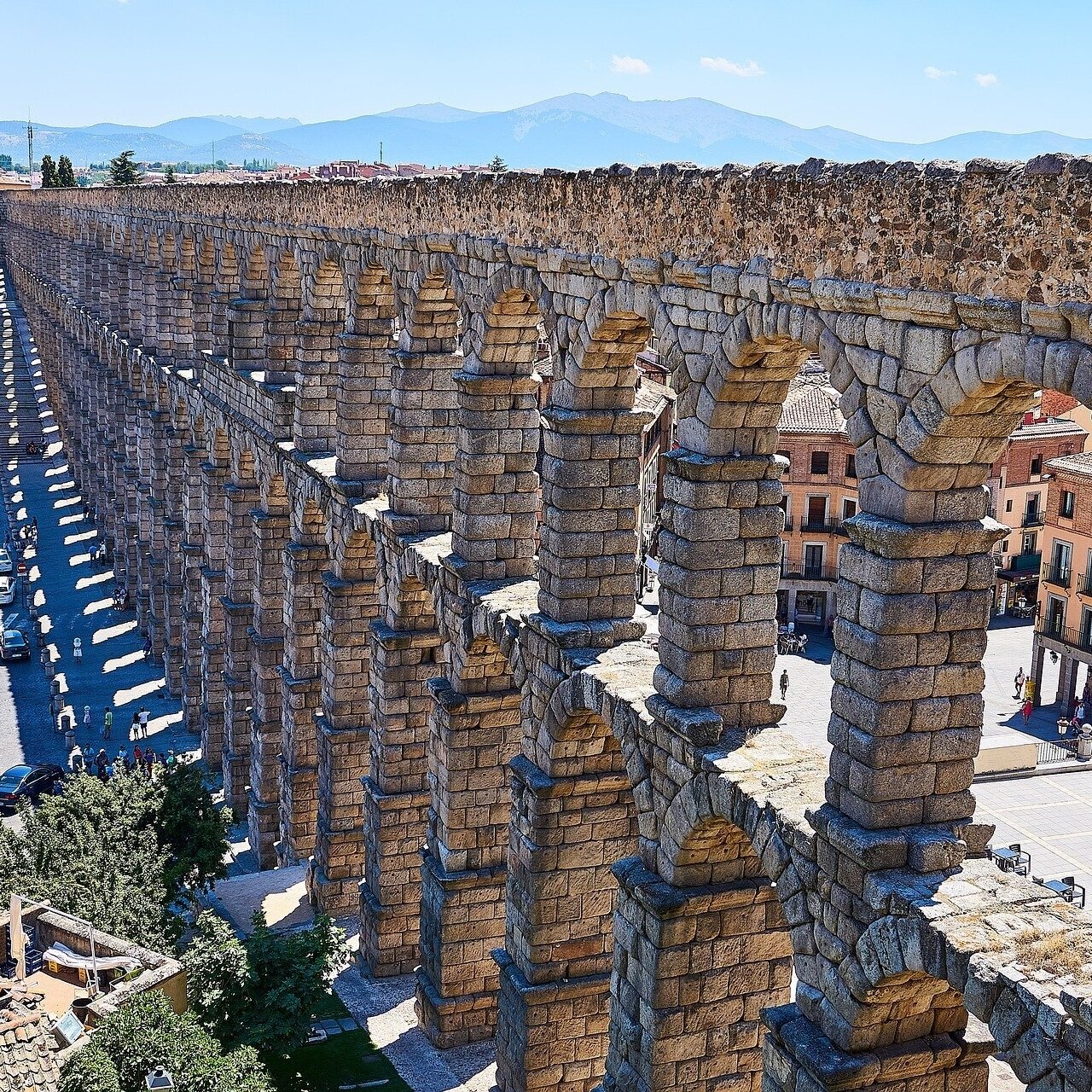 Castilla y León boasts a variety of cities you probably want to visit if you have time. From the aqueduct in Segovia that was built in Roman times to the University of Salamanca (the oldest in all of Spain), you will be able to see many different elements of how this Autonomous Community’s history. In addition, you will learn about Spain before it was united under the Catholic Kings in cities such as Ávila.
Castilla y León boasts a variety of cities you probably want to visit if you have time. From the aqueduct in Segovia that was built in Roman times to the University of Salamanca (the oldest in all of Spain), you will be able to see many different elements of how this Autonomous Community’s history. In addition, you will learn about Spain before it was united under the Catholic Kings in cities such as Ávila.
Catalonia/Catalunya (Barcelona)
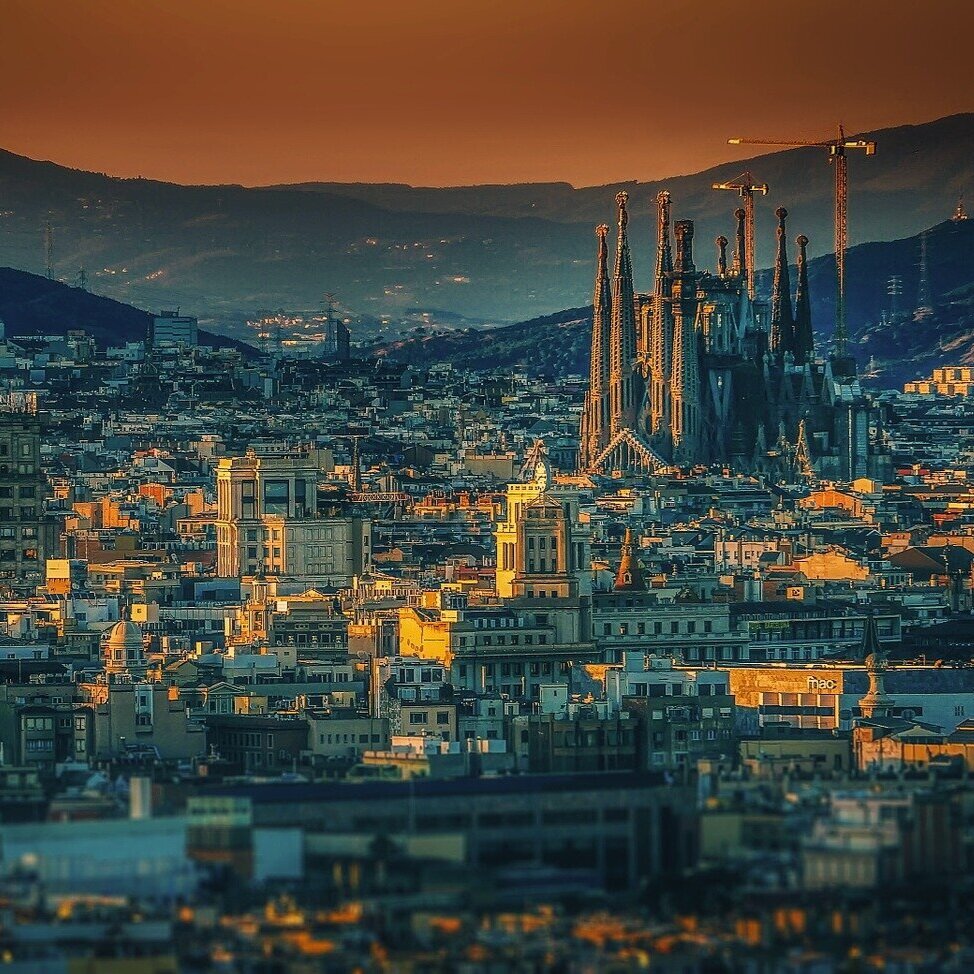 Over the last few years Catalonia has frequently been in the news for its attempts at trying to claim independence and the Spanish government shutting them down. The whole situation hasn’t been pretty but Cataluña has more to offer than politics. You will also find Catalan language, food, and traditions which can be quite distinct to what you will find in the rest of Spain. In addition, there are a lot of beautiful natural places to visit in this Autonomous Community—from the beaches on the Costa Brava to the Catalan Pyrenees, you can find lots of outdoor adventures as well as visiting cities such as Barcelona and Tarragona.
Over the last few years Catalonia has frequently been in the news for its attempts at trying to claim independence and the Spanish government shutting them down. The whole situation hasn’t been pretty but Cataluña has more to offer than politics. You will also find Catalan language, food, and traditions which can be quite distinct to what you will find in the rest of Spain. In addition, there are a lot of beautiful natural places to visit in this Autonomous Community—from the beaches on the Costa Brava to the Catalan Pyrenees, you can find lots of outdoor adventures as well as visiting cities such as Barcelona and Tarragona.
Extremadura (capital Merida/Mérida)
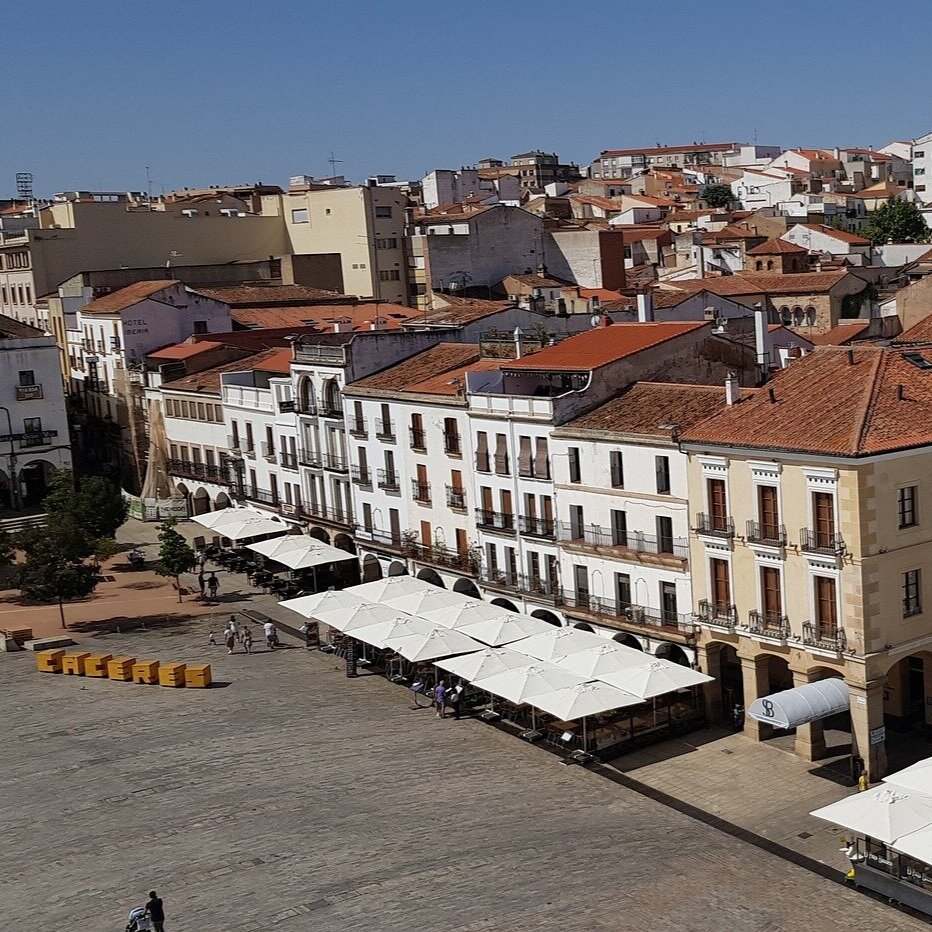 On the border with Portugal, this is probably one of the least visited places by people who are just passing through Spain. However, if you visit this Autonomous Region you will find history tracing back to the Romans as Mérida is a Roman city, and the Moors as Cáceres is a Moorish one. If you go for a visit we also recommend having a look at the national parks and the historic cities of Trujillo and Guadalupe.
On the border with Portugal, this is probably one of the least visited places by people who are just passing through Spain. However, if you visit this Autonomous Region you will find history tracing back to the Romans as Mérida is a Roman city, and the Moors as Cáceres is a Moorish one. If you go for a visit we also recommend having a look at the national parks and the historic cities of Trujillo and Guadalupe.
Galicia (capital Santiago de Compostela)
 Galicia is probably one of the places you have heard of but didn’t even know it. Famous for the cathedral of Santiago de Compostela at the end of the end of the Camino de Santiago, Galicia has much to offer. On the sea, Galician people speak a mixture of Spanish and Portuguese (with their own touch, of course) called Gallego and are different than you will find in the surrounding regions of Spain. Other than language and cultural differences, you will also find food differences that we believe are truly worth exploring!
Galicia is probably one of the places you have heard of but didn’t even know it. Famous for the cathedral of Santiago de Compostela at the end of the end of the Camino de Santiago, Galicia has much to offer. On the sea, Galician people speak a mixture of Spanish and Portuguese (with their own touch, of course) called Gallego and are different than you will find in the surrounding regions of Spain. Other than language and cultural differences, you will also find food differences that we believe are truly worth exploring!
La Rioja (capital Logroño)
 If the name of this Autonomous Community rings a bell and you are not sure why, it is probably because La Rioja is the region where the most popular (outside of Spain) Spanish red wine comes from. If you like wine, a stop here will not disappoint as you will be able to try red wine from many different wineries. In addition, you will most likely be able to find tapas in this region and the food is worth savoring.
If the name of this Autonomous Community rings a bell and you are not sure why, it is probably because La Rioja is the region where the most popular (outside of Spain) Spanish red wine comes from. If you like wine, a stop here will not disappoint as you will be able to try red wine from many different wineries. In addition, you will most likely be able to find tapas in this region and the food is worth savoring.
Madrid (capital Madrid)
 The capital of Spain, the Autonomous Community of Madrid is in the center of the country. You can find the actual center of Spain (yes, the placement of the city was calculated that way) in the Puerta del Sol, a plaza in the middle of the city. In Madrid you will find the hustle and bustle of a capital city with easy access to nature a short bus ride away. Like most capitals you will be able to find everything from the super touristy to the authentic Spanish food and entertainment places. Madrid is a great place to learn more about Spain’s history as well as experience the contemporary Spanish culture.
The capital of Spain, the Autonomous Community of Madrid is in the center of the country. You can find the actual center of Spain (yes, the placement of the city was calculated that way) in the Puerta del Sol, a plaza in the middle of the city. In Madrid you will find the hustle and bustle of a capital city with easy access to nature a short bus ride away. Like most capitals you will be able to find everything from the super touristy to the authentic Spanish food and entertainment places. Madrid is a great place to learn more about Spain’s history as well as experience the contemporary Spanish culture.
Region of Murcia (capital Murcia)
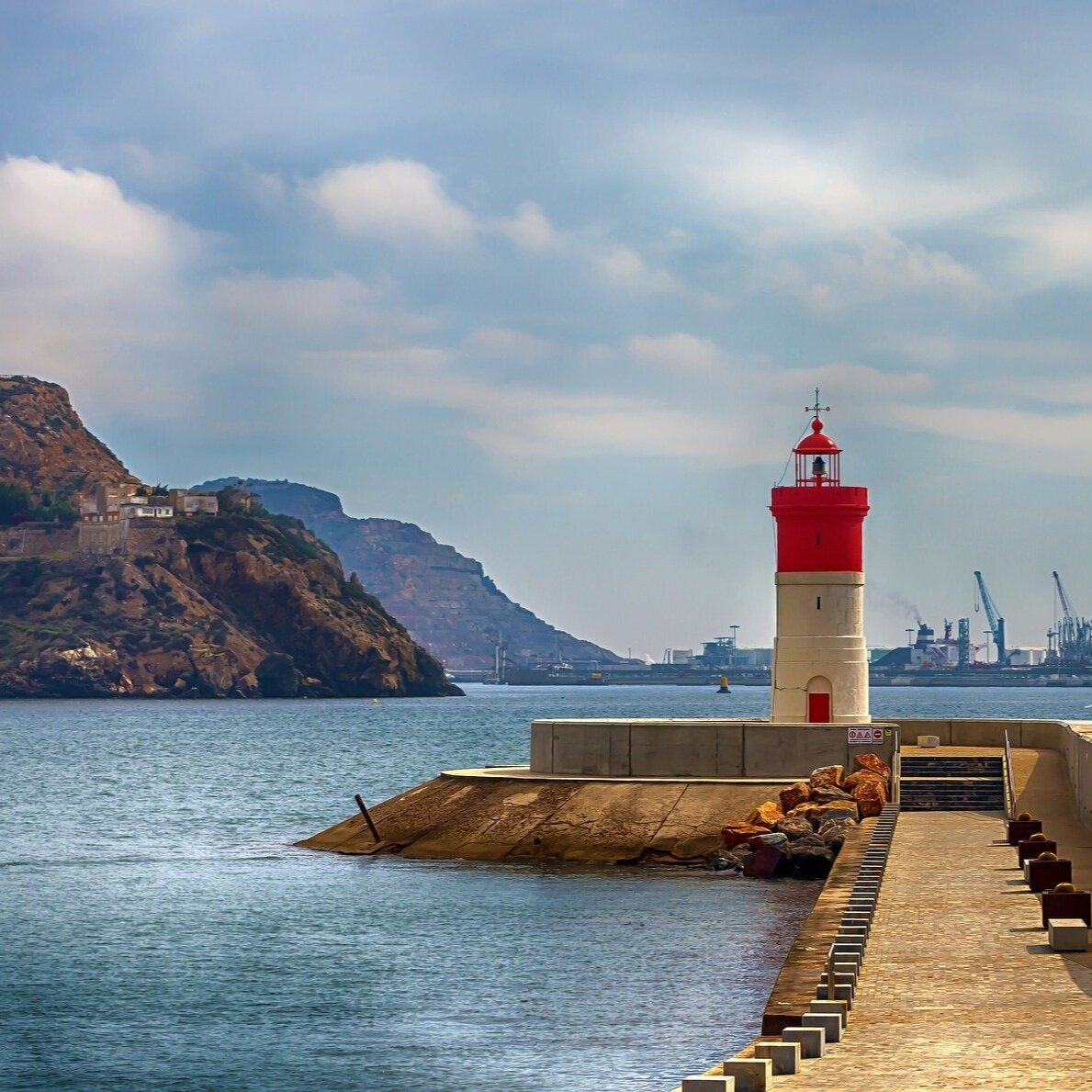 Located on the coast between Andalucía and Valencia, the Autonomous Community of Murcia is often made fun of by people living around it for being small and not having much there. However, this region of Spain attracts many tourists all year round as it has beautiful beaches and golf courses. In addition, it is known for its pastries, both savory and sweet, so you should plan to have a couple if you are going to visit.
Located on the coast between Andalucía and Valencia, the Autonomous Community of Murcia is often made fun of by people living around it for being small and not having much there. However, this region of Spain attracts many tourists all year round as it has beautiful beaches and golf courses. In addition, it is known for its pastries, both savory and sweet, so you should plan to have a couple if you are going to visit.
Navarre /Navarra (capital Pamplona)
 Part of the Basque Country in terms of history and language but not as an Autonomous Community, Navarra is somewhere that should make your travel list! It is a truly unique part of Spain (yes, we know we say that about all of them), Navarra is most famously known for its capital Pamplona and the running of the bulls that happens there. However, it is a place that you can visit all year round—trust us, you won’t be disappointed.
Part of the Basque Country in terms of history and language but not as an Autonomous Community, Navarra is somewhere that should make your travel list! It is a truly unique part of Spain (yes, we know we say that about all of them), Navarra is most famously known for its capital Pamplona and the running of the bulls that happens there. However, it is a place that you can visit all year round—trust us, you won’t be disappointed.
Valencian Community (capital Valencia)
 Famous as being the home of paella (and other rice dishes) and now hosting one of the most modern looking science parks in all of Spain, the Autonomous Community should definitely be on your list of places to visit. Valencia has a language and history that is tied into those you will find in Cataluña and the Balearic Islands, making it quite different from other places in Spain. You will also find different fiestas where they like to burn things (like Las Hogueras in the city of Alicante) and beautiful beaches along the Costa Blanca.
Famous as being the home of paella (and other rice dishes) and now hosting one of the most modern looking science parks in all of Spain, the Autonomous Community should definitely be on your list of places to visit. Valencia has a language and history that is tied into those you will find in Cataluña and the Balearic Islands, making it quite different from other places in Spain. You will also find different fiestas where they like to burn things (like Las Hogueras in the city of Alicante) and beautiful beaches along the Costa Blanca.
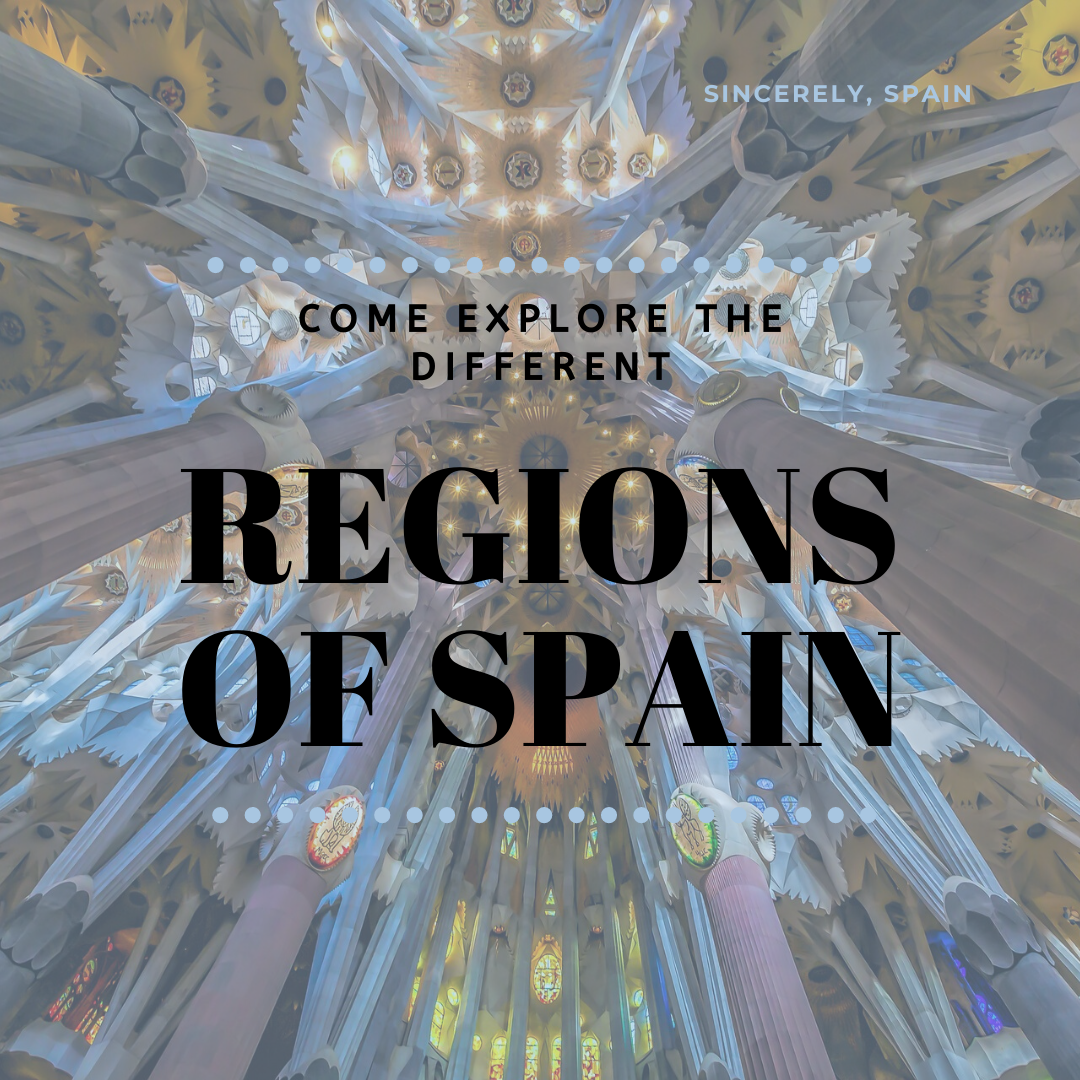 In addition to the Autonomous Communities, Spain also has two Autonomous Cities located in the northern part of Africa. They are Ceuta and Melilla. Both of these cities can be accessed by ferry from the European continent and have their own charm that is different even from southern Spain.
In addition to the Autonomous Communities, Spain also has two Autonomous Cities located in the northern part of Africa. They are Ceuta and Melilla. Both of these cities can be accessed by ferry from the European continent and have their own charm that is different even from southern Spain.
Did you know there were so many differences within this one country? And, what is your favorite place in Spain?
Sincerely,
Spain




